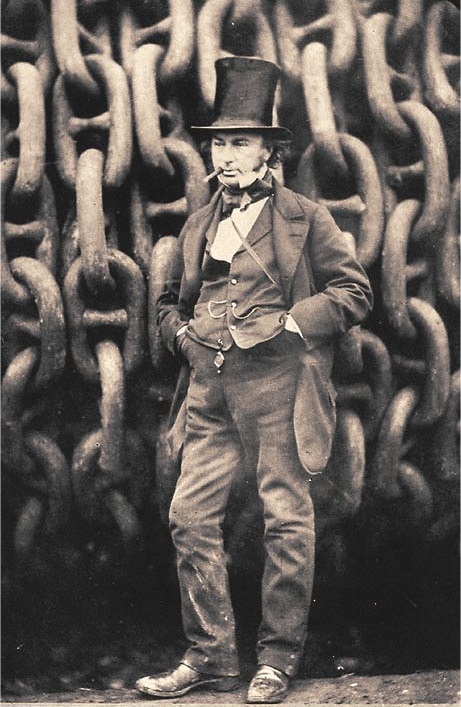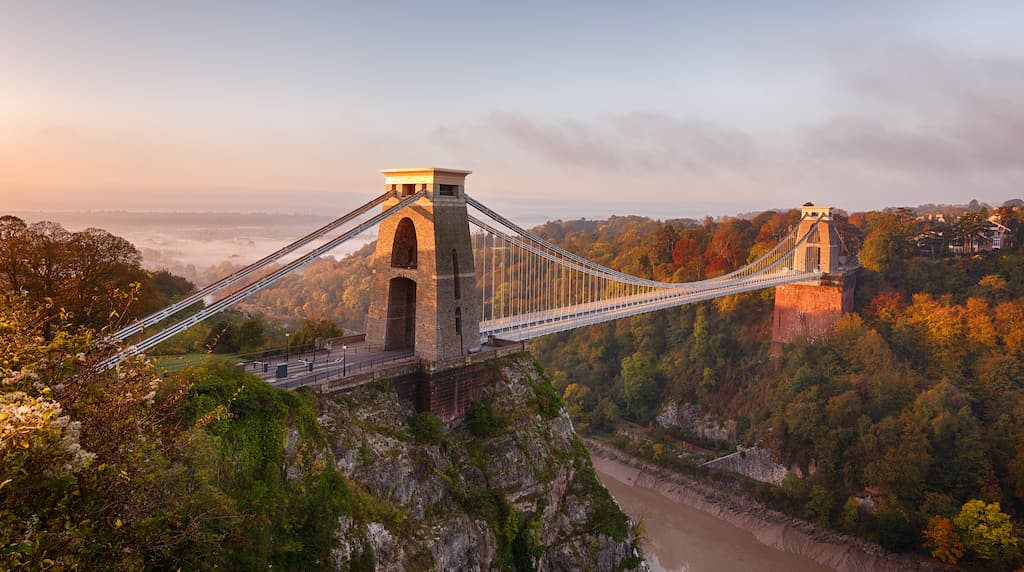The third part in this series is devoted to another great civil engineer Isambard Kingdom Brunel.
Not only was he a civil engineer, but also a structural and marine engineer.
Brunel was one of the most versatile and audacious engineers of the 19th century, responsible for the design of tunnels, bridges, railway lines and ships.

Isambard Kingdom Brunel was born on 9 April 1806 in Portsmouth. His father Mark was a French engineer who had fled France during the revolution. Brunel was educated both in England and in France.
When he returned to England he went to work for his father. Brunel's first notable achievement was the part he played with his father in planning the Thames Tunnel from Rotherhithe to Wapping, completed in 1843.
In 1831, Brunel's designs won the competition for the Clifton Suspension Bridge across the River Avon. Construction began the same year, but it was not completed until 1864, Brunel died on 15 September 1859 (aged 53)
My third choice of civil engineering wonders is the Clifton Suspension Bridge which commenced construction on 21st June 1831 and took 33 years to complete.
A reason as to why the bridge took so long to construct was that an attempt to build Brunel's design was halted by the Bristol riots, and the revised version of his designs was built after his death and completed in 1864.

The revised design was made by William Henry Barlow and Sir John Hawkshaw, with a wider, higher, and sturdier deck than Brunel intended, with triple chains instead of double.
Although similar in size, the bridge towers are not identical in design, the Clifton tower having side cut-outs, the Leigh tower more pointed arches atop a 110-foot (34 m) red sandstone-clad abutment. Roller-mounted "saddles" at the top of each tower allow movement of the three independent wrought iron chains on each side when loads pass over the bridge. The bridge deck is suspended by 162 vertical wrought-iron rods in 81 matching pairs.
Leave a Reply